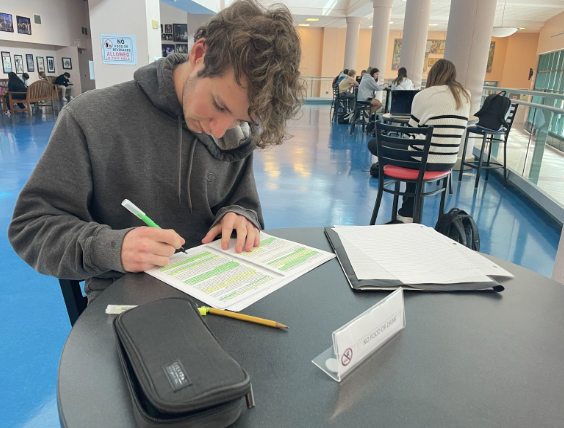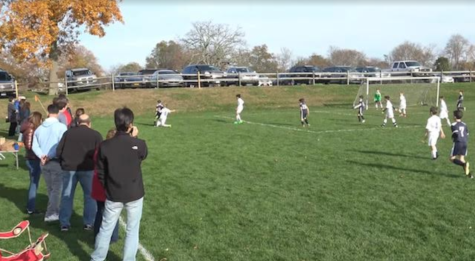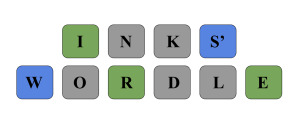Different strategies prove effective for completing school work, managing schedules

Jack Marshall ’24 diligently works on his assignments outside of the school’s auditorium.
At 2:45 p.m, Staples students can be seen exhaling a long breath. Finally, the school day is over! But then, suddenly, they remember all the after-school activities, jobs, the homework and studying that they will need to get done and their afternoon instantly seems much more formidable. Managing school work and a schedule is not easy, but the good thing is that there are so many ways to go about doing so.
At Staples, students use many different methods of handling schedules and school work. With so many different strategies, students have many options to try to see what best fits them. Hopefully, with good habits and schedules, students can manage school work as well as extracurriculars in order to lead a happier, more productive and organized life.
Jacob Beaton ’25 has found that when dealing with his roughly three hours of daily homework it helps to accomplish work beforehand as well as utilize class resources.

“I’ve been managing my work mostly by getting it done as soon as it’s given out by the teacher,” Beaton said. “I also use other materials that the teacher gives us to try and get everything done.”
In addition to school work, Beaton also participates in cross country which only adds to his afternoon agenda.
“[Cross country] only intrudes with my homework because what happens is that I have a lot of homework after cross country,” Beaton said. “I’ll usually get home around five or so and then I have to get all of my homework done and do all my other things when I get home.”
For those making the jump from middle school to high school, it can be hard to get the hang of the added pressures of school work and high school extracurriculars. However, Sophie Grijns ’26 has already been working on managing that change.
“It’s a big change, especially since I’m taking three honors,” Grijns said. “So it’s definitely a big jump but having a free period really helps.”
Find what works best for you, because trying to force yourself into a different method makes it worse. So when you find something that works for you just stick with that and do the best you can.
— Gracie Harmon ’24.
Already in his third year of high school, Jack Marshall ’24, a tennis player, detailed that the schedule and study strategies he is using now isn’t what he did at the start of his high school career.
“At first they were very loose, I just studied whenever I did the work,” Marshall said. “Now, I have a schedule that I try and stick to for when I do my work so it’s a lot more direct.”
Whether or not a student’s schedule and school work strategies are adopted earlier or later in high school, there are an endless amount of methods that one can partake in. Gracie Harmon ’24 has found her schedule strategy in checklists.
“I write all of my work down on a checklist and then check it off as I do it,” Harmon said. “So I know exactly what I have to do and when it’s due.”
Schedules and school work can be daunting, especially if a student does not have any strategies or methods of going about managing them. At the end of the day, figuring out what strategies are best suited to a student is up to the student themself.
“Find what works best for you, because trying to force yourself into a different method makes it worse,” Harmon says. “So when you find something that works for you just stick with that and do the best you can.”

For Paper Features Editor Lily Hultgren ’25, joining Inklings was an opportunity to improve her interpersonal skills and do something she loves in the...






























































